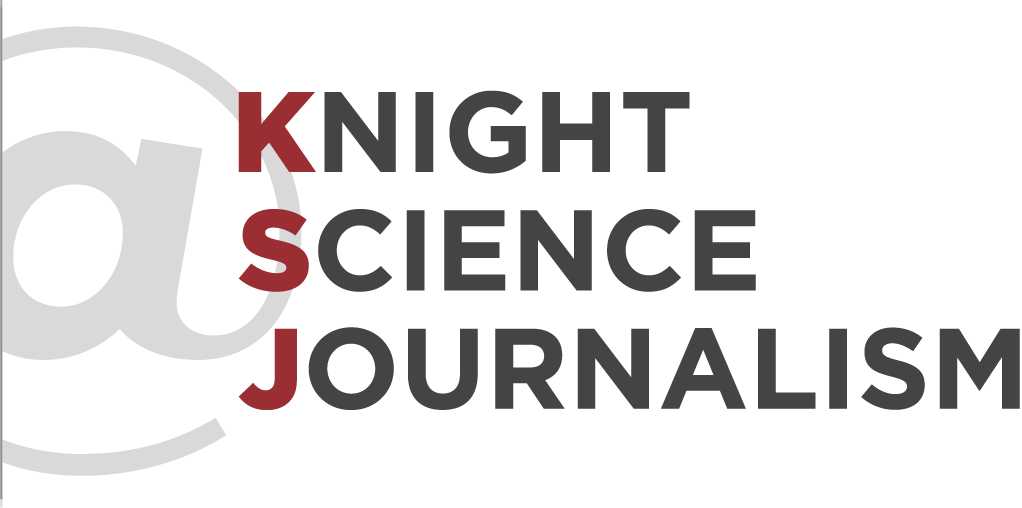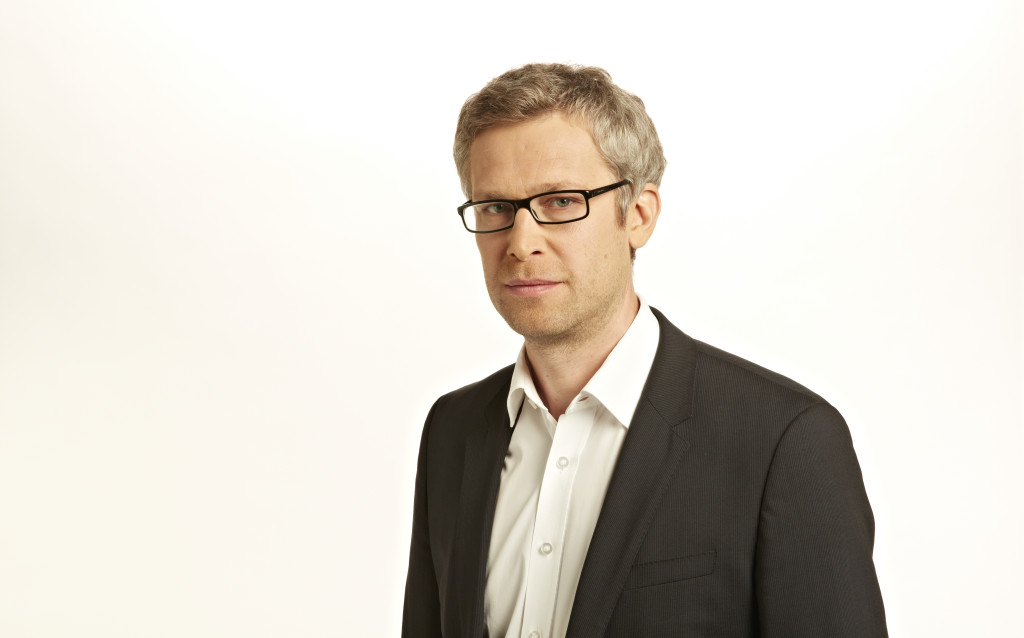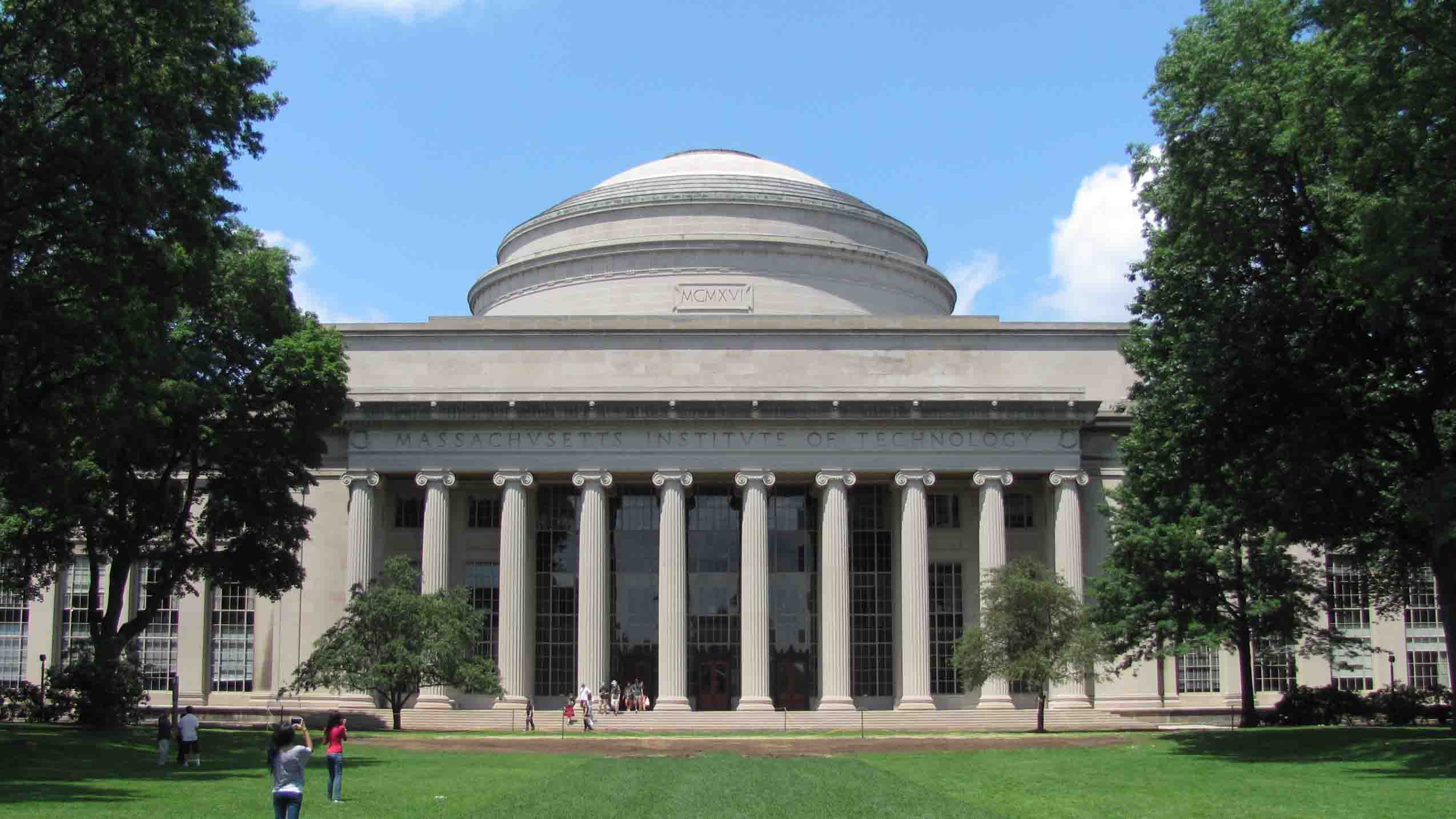Since youth, Pawel Gorecki has inhabited what he describes as “the intersection of science, technology and the humanities.” The teenage Gorecki could often be found lying on his bed reading anything from comics to science fiction, Russian literature to the popular Polish science magazine Wiedza I Życie (Knowledge and Life). “In those days, books were the best distraction from the gloomy life behind the iron curtain,” said Gorecki.
As a student at the University of Warsaw, Gorecki became captivated by philosophy, particularly that of Marcel Proust. After meandering through In Search of Lost Time over the course over several years, he said, “I realized that everything I learned in the course of my studies, all the experiences, lectures and books in my mind were filtered through Proust’s narrative.”
Gorecki’s love of philosophy and literature met his love of science in his work as a science journalist. He wrote first for the daily paper Rzeczpospolita, then for weekly news magazine Wprost and eventually for the Polish edition of Newsweek. He wrote as fervently about the physics of road traffic as about the psychology of politics.
As a Knight Science Journalism fellow, Gorecki gravitated toward similar intersectional topics, with a particular fondness for James Waldo’s course on privacy and technology at Harvard and Marvin Minsky’s course on artificial intelligence at MIT.
Following the fellowship, Gorecki spent two years writing for Gazeta Wyborcza, one of Poland’s most influential daily newspapers, before ending up at Harvard Business Review Polska (HBRP). At HBRP, Gorecki edits and collaborates with CEOs from big Polish companies like GoldenLine, the Polish version of LinkedIn. Besides the writing, he particularly enjoys HBR’s stimulating guest lectures from the Harvard community and beyond.
Gorecki has always prided himself in rigorously verifying the content of his writing with expert sources but he still looks back gratefully on the connections he made while at KSJ. “Thanks to the fellowship,” he said, “I know where those sources can be found at MIT and Harvard, but also all around the world.”





Leave a Reply